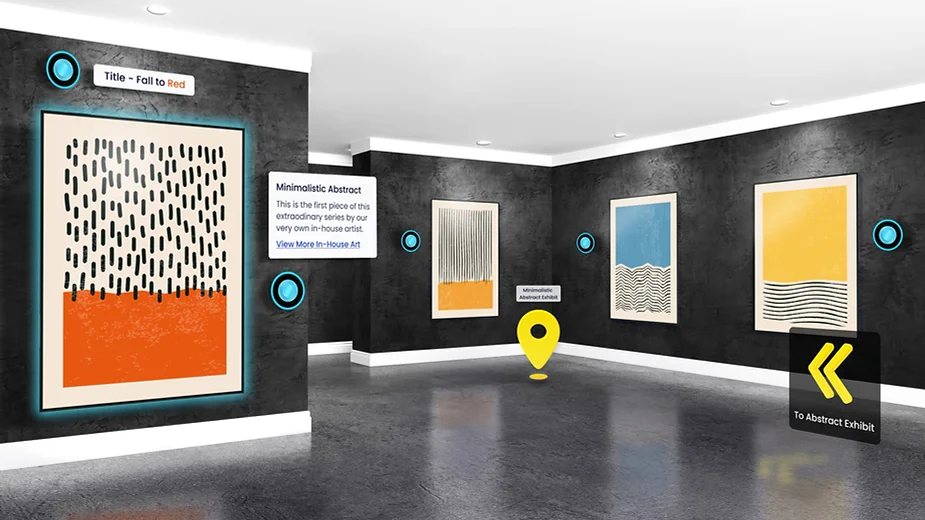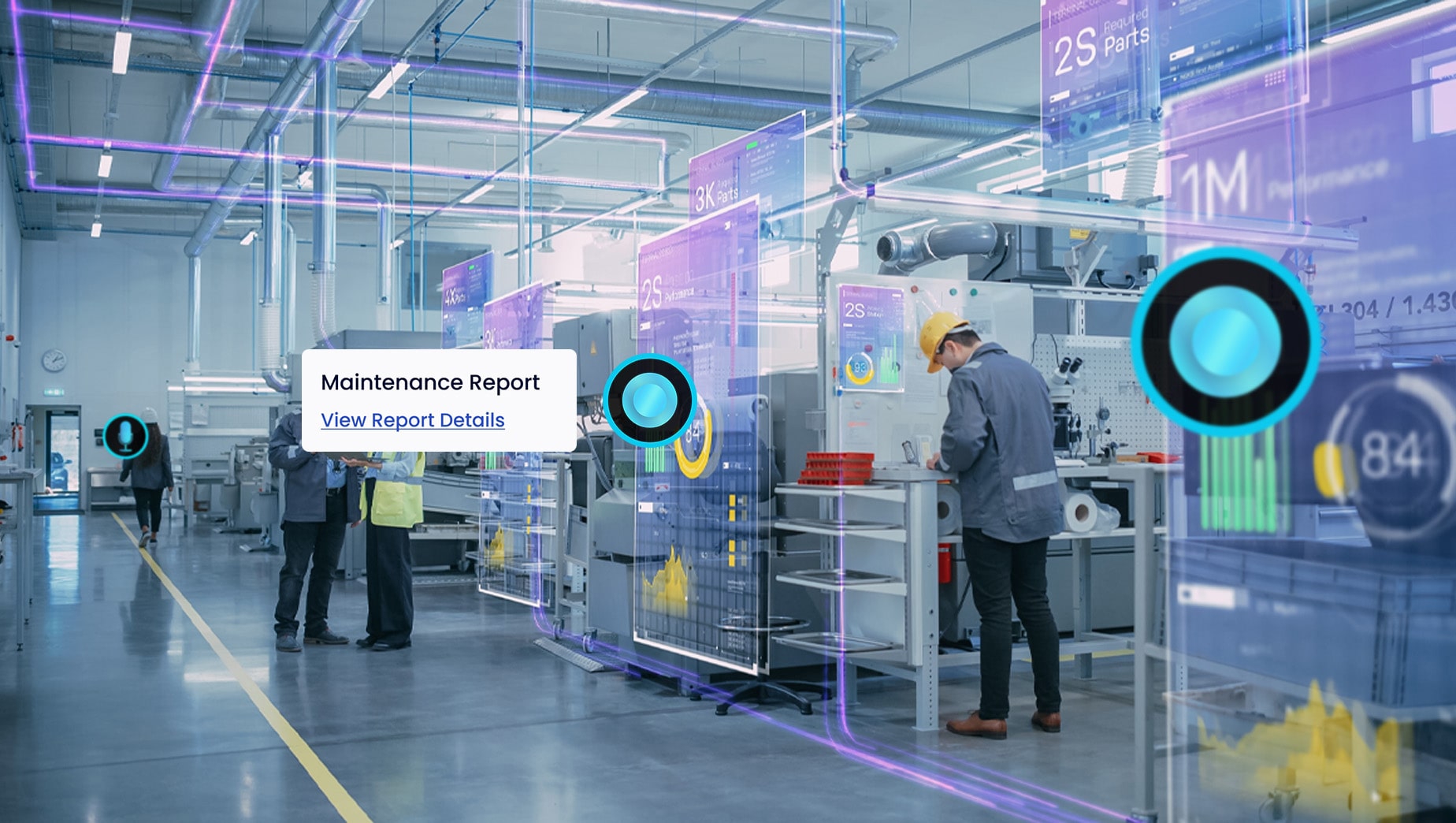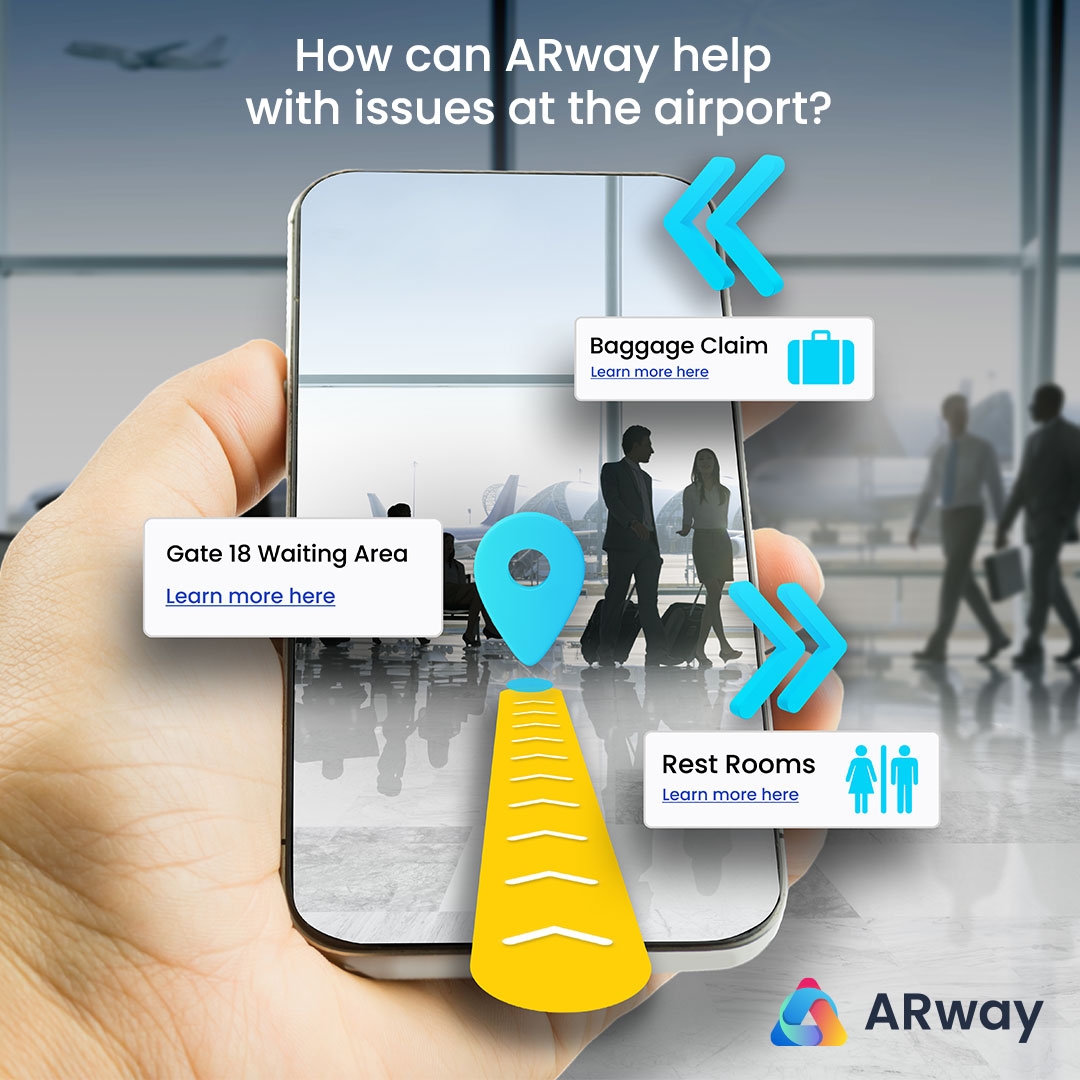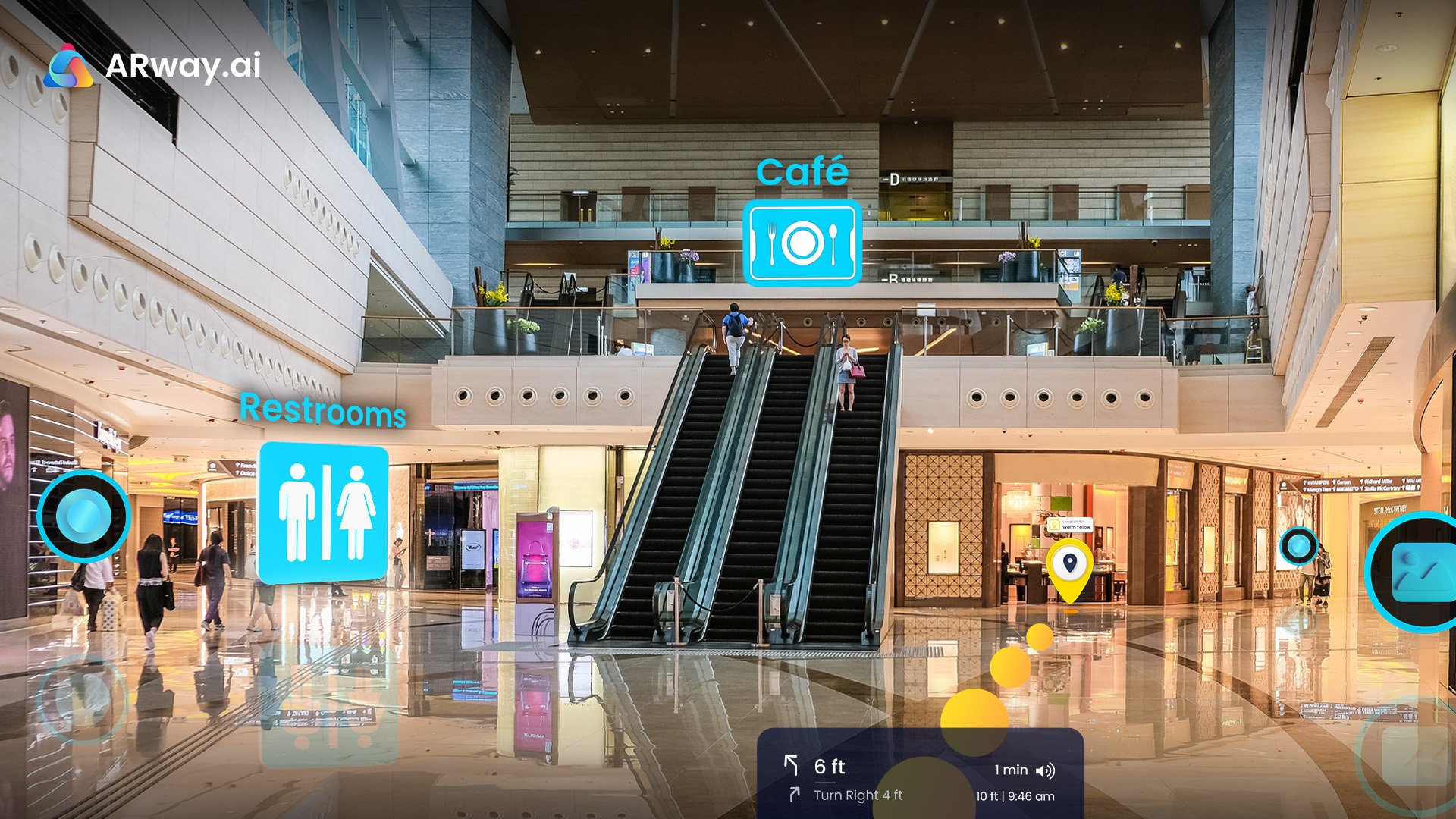What does an engaged customer look like? Is it simply by talking to employees? Or is it when they hold a product in their hands?
No matter what shape engagement appears in, the bottom line is that if a customer is not engaged and doesn’t know what is being offered, they won’t stay. They tend to walk out of retail stores after briefly scanning items or leave an attraction because they’re unaware, and thus, there isn’t anything worth their attention. But customers don’t want to walk away – in fact, they want to stay and see more. 64% of brick-and-mortar retail customers report limited product information as one of their top pain points.
While it may seem too big of a challenge to keep a customer consistently engaged, augmented reality (AR), specifically location-based AR activations, are incredibly interactive and immersive to establish that ever so important customer connection. Continue reading to learn how Spatials can impact and engage with visitors in the right place at the right time – no matter the industry.
What is Location-Based Marketing and Advertising?
Location-based marketing and advertising is all about getting the attention of consumers nearby. Through mobile marketing, brands can target consumers within a specific geographic area by determining the consumer’s location through GPS, whether it be through an app or a website. For example, if you own a small boutique downtown and are interested in sending out an advertisement to people within 3 miles, you’ve established your geofencing radius and are ready to reach those within the specified location. In turn, you will hopefully generate more foot traffic and interest in your boutique.
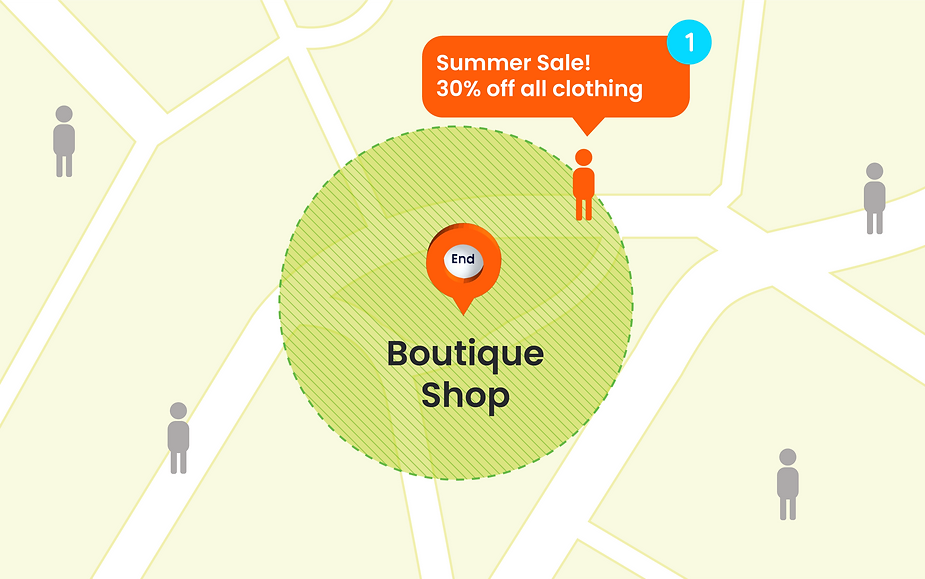
Geofencing radius – customers will get a notification when they are near the store.
How is it Different from Proximity-Based Marketing?
Rather than a business widely casting their net out in hopes of reaching more people, proximity-based marketing takes it to a much more personal level. You can track consumer traffic more precisely, and for example, target based on how long they’ve been considering a certain product on a shelf or a general department they seem to gravitate towards. The implementation of well-timed and relevant content makes for happier and more engaged customers with higher purchase intent.
What are Location-Based AR Activations?
So, now that we know we have the ability to connect with customers close to us through location-based marketing, how can businesses make the most of this opportunity?
AR is the perfect fit to maximize user engagement with the content in their nearby environment. It’s an accessible technology that naturally encourages users to get directly involved, whether it’s by placing furniture in your home to preview its fit or gamification like the revolutionary Pokemon Go app. Its intrinsic and engaging nature has led to increased dwell time by upwards of 2.31 seconds and 39% of users to re-engage with content that has AR elements.
Location-based marketing and AR come together in the form of Spatials. Spatials are location-anchored, persistent AR content and activations that can be interactive and immersive, allowing for a shared presence among visitors. They can be used for countless applications, such as entertainment and gamifications, object and location information, advertising and marketing campaigns, and more to engage with visitors in the right place at the right time.
Using Spatials to Increase Consumer Engagement with their Environment
Retail stores are perhaps one of the best use case scenarios for Spatials. Once people step foot in a store, businesses can encourage users to download their app and start up a scavenger or treasure hunt. A completion can mean gaining a unique coupon code or being entered to win a prize.
Utilizing Spatials doesn’t necessarily always have to equal more sales – it can simply mean promoting a more memorable and enjoyable consumer experience. Take museums and galleries, for example. You want visitors to feel connected and engaged with the artworks on display. According to a Seattle Art Museum (SAM) survey, many participants report wanting to learn more about exhibits, but not having sufficient information available to them.
This problem can easily be solved by displaying 3D personas of a museum representative or the artist themselves to provide a narration, enabling visitors to foster not only a deeper understanding, but also be more engaged.
Opportunities for learning and engaging further with pieces can also be family-friendly. The National Museum of Singapore offers a spin of Pokemon Go and adds in gamification by allowing visitors to hunt and catch for items within paintings. They grow their personal virtual collection while they explore the museum as well as their knowledge; users learn facts such as habitat, diet, and rare species from collecting.
While this museum goes above and beyond in their presentation, any museum can bring a display or art piece to life with a simple Spatial. Visitors can come face to face with extinct animals through a digital representation or traveling to a different century through a painting. By including these details, visitors are proven to linger around attractions longer as studies show 84% of visitors feel more engaged and find an experience more memorable if it has AR elements.
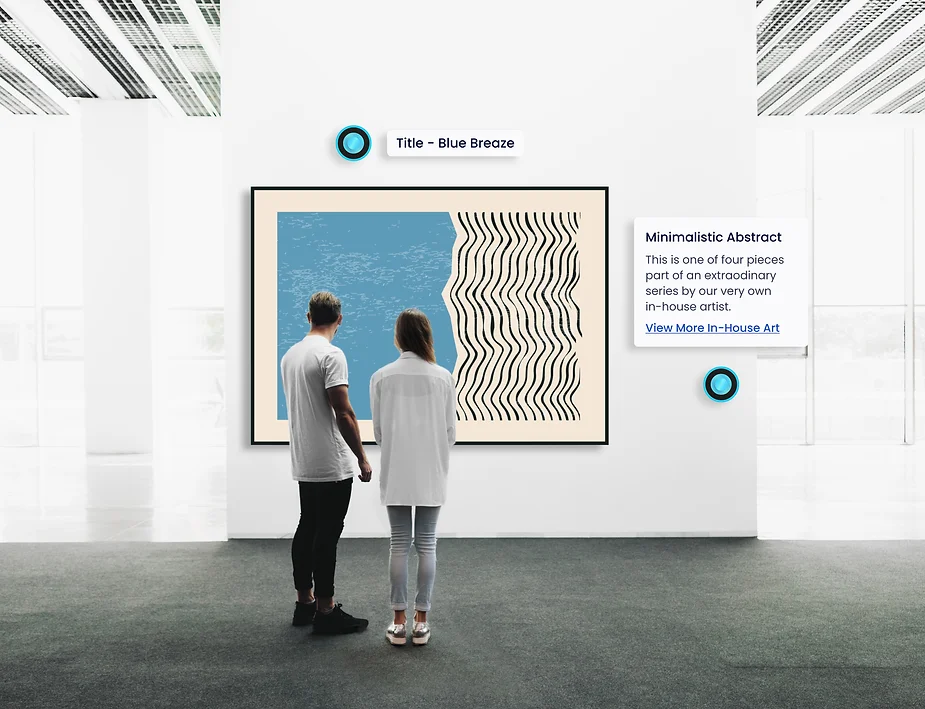
Painting in a gallery with hotspots.
Further, digital AR displays promote an intuitive and flexible environment and provide plenty of benefits from a logistical standpoint with no limitations on space, it eliminates problems like the Museum of Fine Arts in Boston has where they are only able to show off 4% of their total inventory at any one time.
Using Spatials to Create Viral Marketing Campaigns
67% of ad agencies are generating more revenue because of AR. And why not? It’s eye-catching, immersive, and most importantly, different from the other 10,000 advertisements the average person sees per day.
Check out Pepsi Max’s AR experience bus stop campaign that went viral, garnering 8 million views on YouTube, more than 50 million views across campaign videos, and led to a 30% increase in sales of single serving bottles, making Pepsi Max the second biggest UK brand channel by subscription. Passengers waiting for the bus can’t take their eyes off the AR experience, and there’s undeniable joy radiating from them. AR undoubtedly captures people’s attention for longer and gets them to linger. In a busy modern life where most are not inclined to even give a second of their time, spatials are a proven way to metaphorically shake them by the shoulders and say, “hey, look at me!”
Interested in starting your own creative ways to get people to your location? Visit ARWay.ai to learn more about how AR Spatials can transform your visitors’ experience.


